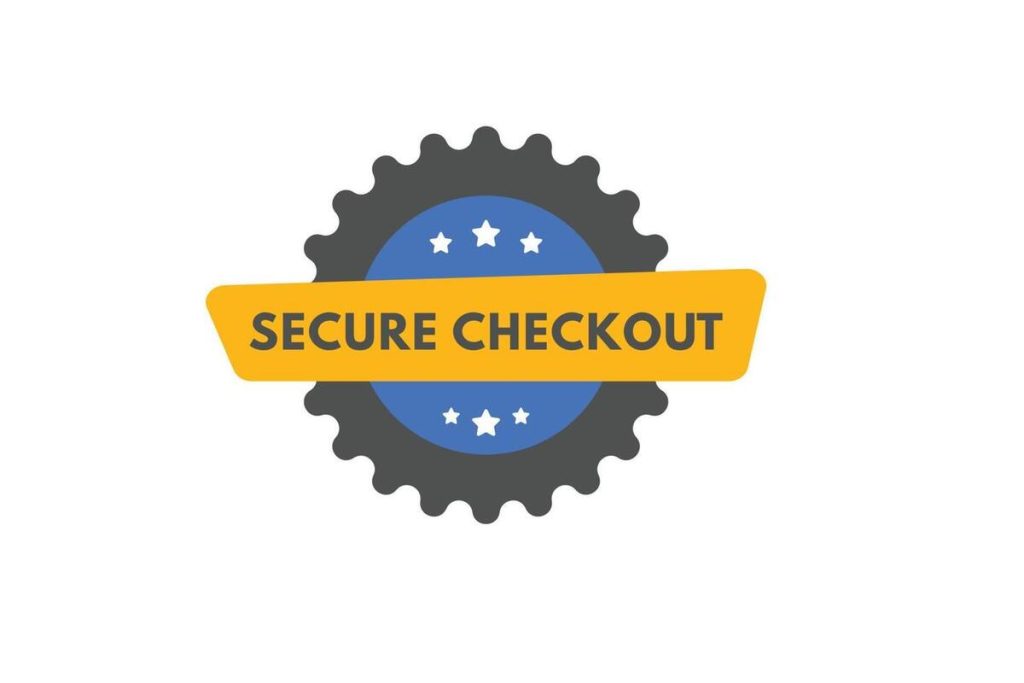Chargebacks represent a serious threat to online merchants, accounting for $125 billion in global losses annually. E-commerce businesses must address chargebacks proactively, as they lead to direct financial losses, damage reputations, and potentially risk relationships with key payment processors like VISA and MasterCard.
This guide outlines effective steps to prevent chargebacks through secure checkout systems, fraud detection, and robust authentication protocols.
Understanding Chargebacks
A chargeback occurs when a customer disputes a transaction, prompting the issuing bank to reverse the payment. The primary causes of chargebacks are:
- Fraud: Unauthorized use of cardholder information accounts for 52% of chargebacks.
- Friendly fraud: Customers mistakenly file disputes, leading to 25% of chargebacks.
- Merchant errors: Issues such as poor communication or billing mistakes trigger 15% of chargebacks.
Chargebacks not only result in lost sales but also carry significant fees, typically ranging from $20 to $100 per disputed transaction.
Common Reasons for Chargebacks
Fraud
Fraudulent transactions, especially in card-not-present (CNP) environments, are the leading cause of chargebacks. These occur when stolen card data is used to make unauthorized purchases, costing businesses approximately $10 billion annually.
Friendly Fraud
Friendly fraud occurs when customers dispute charges despite having received the goods or services. This often results from confusion over billing statements or the desire to bypass a return process.
Merchant Errors
Billing mistakes, such as incorrect transaction amounts or delays in processing refunds, account for a significant number of chargebacks. Clear communication with customers and accurate billing practices can mitigate these disputes.

Best Practices for Chargeback Prevention
Strong Customer Authentication (SCA)
Using 3D Secure 2.0, the updated authentication protocol adopted by VISA and MasterCard, adds a layer of security by requiring customers to verify their identity during checkout. Businesses using 3D Secure report a 50% reduction in chargeback rates.
Additionally, Multi-factor authentication (MFA) provides another level of security by requiring customers to verify their identity through multiple methods, such as a password and an SMS code. This significantly reduces fraudulent transactions.
Optimizing Billing Descriptors
A common reason for chargebacks is customers not recognizing a charge on their credit card statement. To reduce this, businesses should:
- Use clear, recognizable billing descriptors. Ensure that the name on the billing statement matches what customers see during checkout.
- Include contact information on billing statements, so customers can reach out to resolve any confusion directly.
Real-Time Fraud Detection
Fraud detection tools that use AI and predictive analytics enable businesses to monitor transactions in real-time. These tools analyze customer behavior and flag any suspicious activity, reducing fraud-related chargebacks by 60%.
Real-time monitoring also helps reduce false positives, ensuring legitimate transactions are not mistakenly blocked.
| Fraud Detection Method | Chargeback Reduction (%) | Response Time |
|---|---|---|
| AI & Predictive Analytics | 60% | Real-time |
| Manual Review | 20% | 24-48 hours |
| Rules-based System | 30% | 1-2 minutes |
Delayed Billing Until Shipment
Charging the customer only after shipping the goods can prevent disputes related to the non-receipt of merchandise, which accounts for 18% of chargebacks in retail. This practice helps build customer trust and prevents confusion over delivery times.
Improving Payment and Refund Policies
Transparent payment and refund policies play a crucial role in preventing chargebacks. Ensure that your refund policies are clear and easily accessible during checkout. This reduces disputes over unwanted products or delayed refunds. Also, send confirmation emails immediately after each purchase to clarify expectations.
Merchanto.org, a trusted partner of VISA and MasterCard, helps merchants implement clear refund policies that reduce the likelihood of chargebacks. Learn more about their services here.

Technological Solutions for Preventing Chargebacks
Secure Payment Gateways
Using secure payment gateways like Stripe and Checkout.com can help reduce chargebacks. These systems provide encryption for sensitive payment data and use tokenization to replace sensitive information with unique identifiers, reducing fraud risks.
Here’s a comparison of chargeback rates and features across major payment processors:
| Payment Processor | Chargeback Rate (%) | Key Fraud Prevention Features | Average Chargeback Response Time |
|---|---|---|---|
| Stripe | 0.4% | AI-based fraud detection | 60 days |
| Checkout.com | 0.5% | 3D Secure, tokenization | 45 days |
| Braintree | 0.6% | Real-time monitoring | 50 days |
Real-Time Transaction Monitoring
Monitoring transactions in real-time helps prevent chargebacks by flagging suspicious activity before it turns into fraud. Businesses can detect high-risk transactions by analyzing purchase patterns, IP addresses, and transaction amounts, reducing chargeback risk by 30-40%.
Data-Driven Insights: Sector-Specific Chargeback Solutions
| Sector | Chargeback Rate (%) | Main Cause | Preventive Actions |
|---|---|---|---|
| Electronics Retailers | 1.1% | Fraudulent orders | Strong Customer Authentication (SCA) |
| Subscription Services | 1.2% | Recurring billing confusion | Clear billing descriptors, reminders |
| Travel & Hospitality | 1.5% | Non-receipt of service | Delayed billing, tracking systems |
Conclusion
Chargeback prevention requires a combination of secure checkout procedures, strong customer authentication, real-time fraud detection, and clear communication with customers. Merchants who adopt these strategies can reduce chargeback rates by up to 60%.
By implementing these practices, businesses can significantly reduce their exposure to chargebacks, maintain customer trust, and avoid penalties from payment processors.



